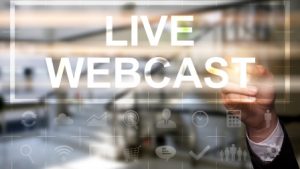If you dabble in the latest management and human resources trends, you might have heard of ROWE. ROWE stands for “Results Only Work Environment,” and it was created by Cali Ressler and Jody Thompson. This strategy focuses on the output of employees rather than many hours they clock in each day, making it quite the shift from the traditional workplace environment. However, it’s taken a hold in some of the biggest workplaces in the US, including the Gap and the White House.
ROWE In Action At The White House
According to the Washington Post, in 2010 the President of the US brought attention to a change in the way public and private sector employers view jobs. Workplace flexibility is gaining momentum, and an increasing amount of employees are telecommuting in order to save time and natural resources spent on transportation. ROWE is one example of the different policies being tested by management leaders. For instance, the Office of Personnel Management Director announced a partnership with the developers of ROWE, demonstrating the importance of flexible work programs for the economy and the future of the American workforce.
Pros Of ROWE
Why is ROWE so beneficial? For starters, this strategy puts the role of working directly into the employees’ hands. They become more empowered at their ability to contribute to the greater good, which builds their passion and willingness to strive for greatness in the workplace. As an employee’s performance is ultimately their responsibility, they have more of a drive to get things done well and expediently. Furthermore, being able to work on the go from any environment creates a more seamless workplace. This means employees can work from home with success, and without their manager looking over their shoulder. For introverts this is a welcomed relief from the bustle of most business workspaces. For businesses, having employees work from home reduces the amount of office space being utilized, which cuts costs across the board.
Cons Of ROWE
Of course, there are some cons to the ROWE strategy. Unfortunately, there will always be those employees whom aren’t going to take advantage of working hard for their personal development. Slackers will continue to exist in a ROWE model, so employers must be on the alert for such abuse of the system. Additionally, while working away from the office offers certain perks, it can also lead to reduced communication. Some argue that time spent together in the office is necessary for collaboration and accomplishing goals efficiently.
ROWE is one solution addressing the needs and priorities of the current workforce, and I’m sure we can expect some other innovative solutions to arise in the near future.
(431)
Report Post








